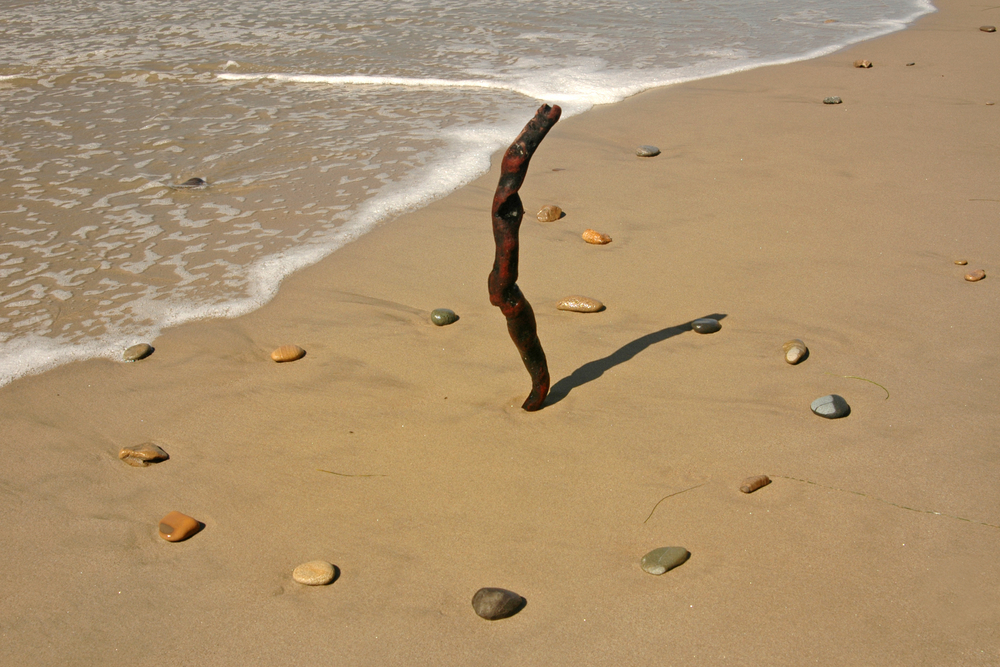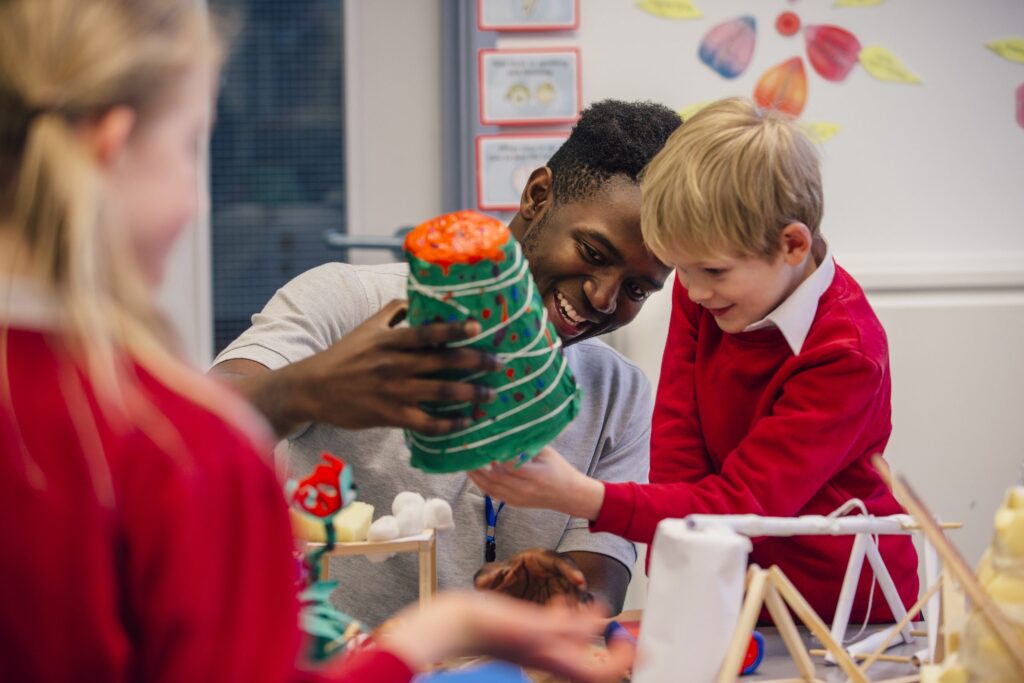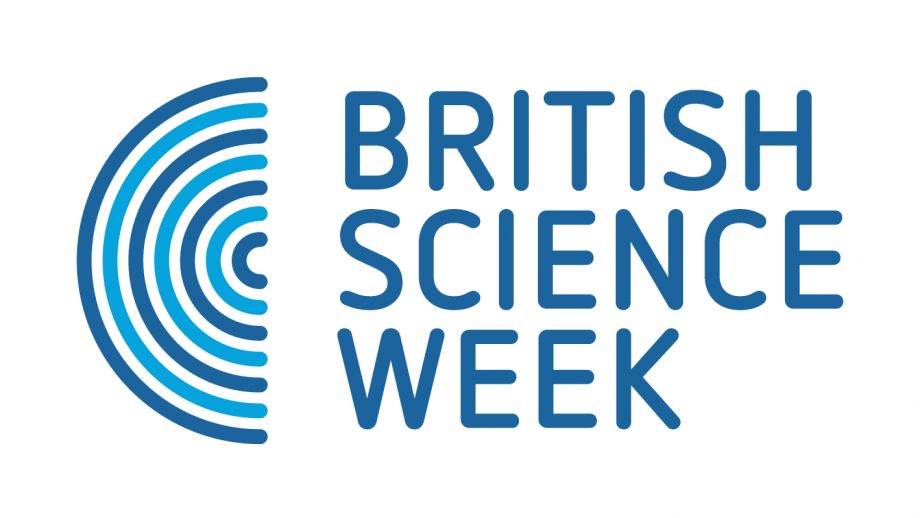When it shines, we’re all aware of the passage of the sun and the shadows it creates. This activity allows the pupils to investigate shadows created by the sun and to use them to tell the time. There’s added extension in this activity as the pupils find that the ‘clock’ is not always accurate and need to understand why.
Activity: The Movement of the Sun
Suitable for:
Year 3 to Year 6
Learning Focus:
- Recognise that the sun changes position in the sky during the day
- Understand that the length and position of shadows is dependent on the position of the sun and that this is dependent on the time of year
Place a rounders’ post in an open part of the playground. At various times of the school day when the sun is shining, take the class outside to mark the length and position of the shadows. If you do it on the hour and maybe the half hour, labelling the shadow ends, you’ll have a crude sundial clock.
The difficulty of keeping and using this sundial is its practicality and a smaller version would be more useful. The art aspect of this activity enables the pupils to make a smaller sundial.
Use a piece of board – MDF, pine or plywood will do and, depending on the age of the pupils, ask them to drill a hole in the board, the same diameter as a piece of thin dowel or do it for them. Insert the dowel and then place the sundial in a location they think is suitable.
They should then calibrate their sundials carefully every hour or half hour.
The next day they should find they can use them to tell the time BUT…
If the sundial’s location has been moved, even slightly, the calibrations will be wrong. Can they find another part of the playground where the sundial will work? What about if they take their sundials home – do they work there? The answer is that yes they should. Will they work at different times of the year?
There’s another form of sundial that it’s fun to experiment with and that’s one that hangs vertically on a wall. Use the same approach of a board with a piece of dowel in it and ask the pupils to decide where they think it would be best to hang it for it to measure the time. Once calibrated, can they find a similar location for their sundial where it will also work? What do the two locations have in common?



